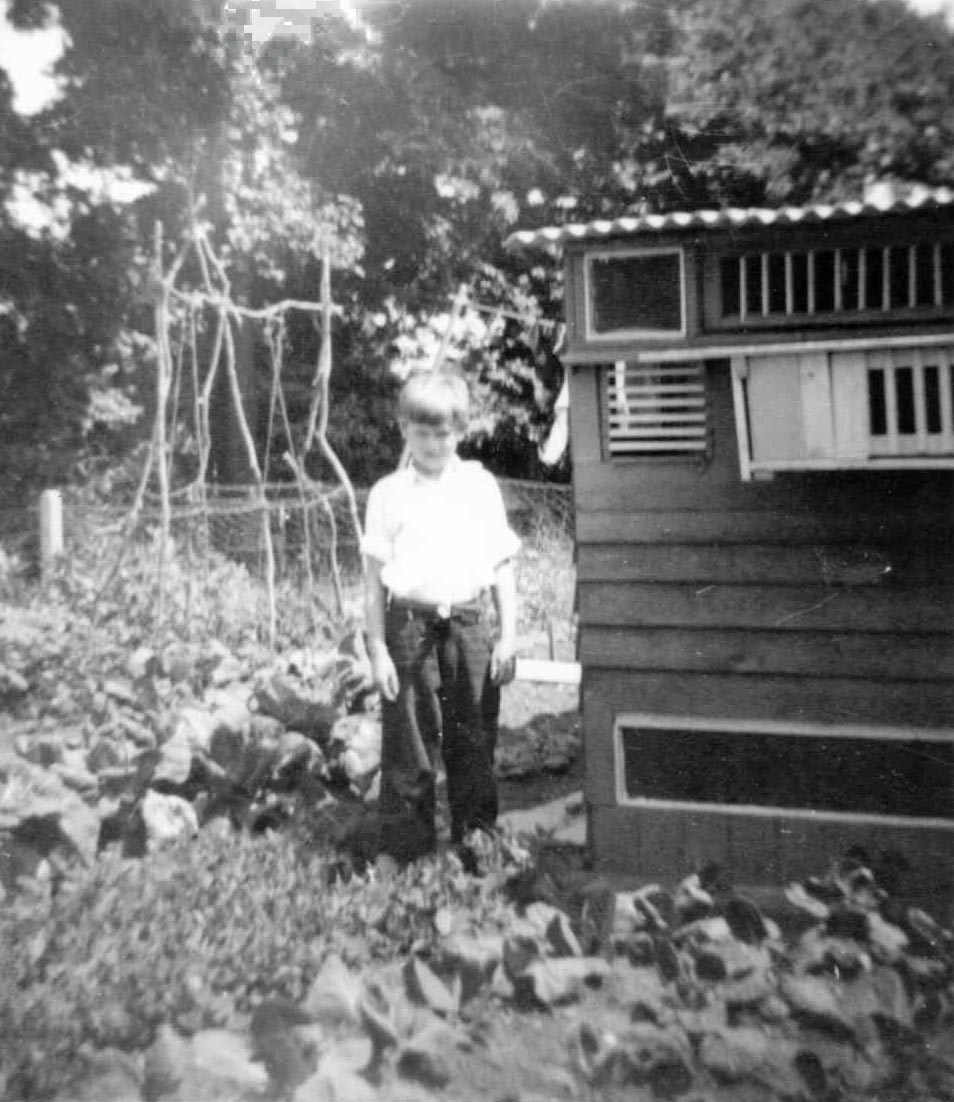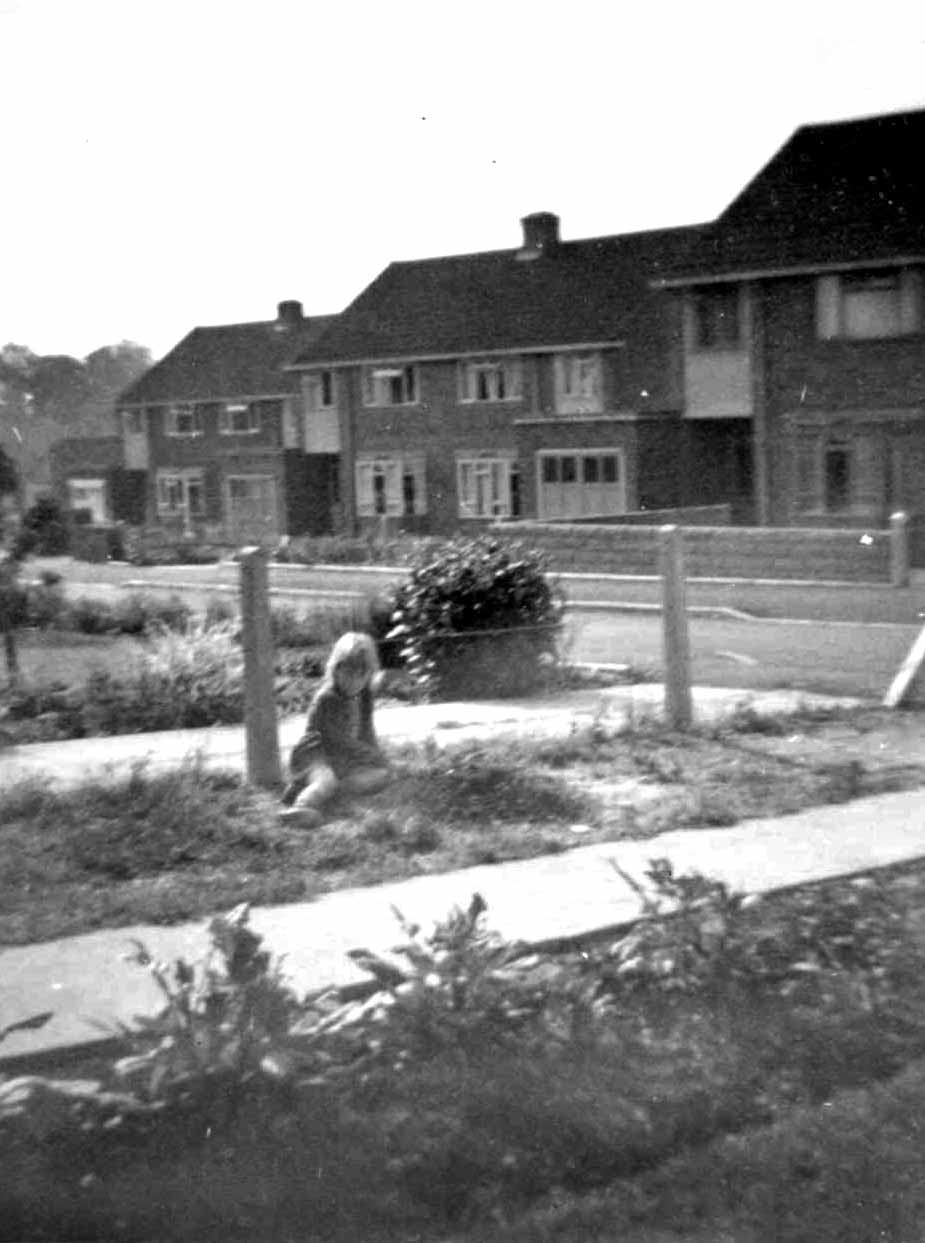Whilst pondering the impact of the new housing estates that are springing up all around Southam I am reminded of my own family’s move to Southam in October 1960.
I was six years old and we moved from an isolated tied farm cottage on the Fosse near Harbury, to a new housing estate off Welsh Road West. The development had been built on land formerly known as ‘The Springs’, hence Springs Crescent. We moved in on Mop Day, and our three bedroom semi had only just been completed. The roads and pavements were not yet made up, and on that cold, wet October day my first impression of Southam was MUD, (followed by the excitement of being taken to my first ever Mop fair).
Most of the houses on our estate were being bought by young couples with growing families, and we soon made lots of new friends. The building sites, and the open fields beyond our back garden were a huge adventure playground which we roamed around freely. The workmen on the nearby sites even let us ride around in their dumper trucks!
Our new house was very different from the cottage we had left. It had large bright rooms and an indoor bathroom with a bath and a flush toilet – very different from a ‘bucket’ privy across the yard, and tin bath in front of the fire. There was an open fire in each of the downstairs rooms. One was the ‘living room’ and the other the ‘front room’ (only used on special occasions). The fire in the living room had a back-boiler to supply hot water and these two fires were the only heating in the house, although we did have a paraffin heater in the bathroom in Winter to keep it ice-free. The kitchen had a large pantry and the floors were all tiled in ‘Marley’ tiles – the height of 60s fashion.
All the new houses had large gardens, front and back. The front gardens were for ‘show’ and usually turned into lawns with flower borders. The rear gardens were for growing vegetables and keeping chickens and other livestock. The house had cost my parents the huge sum of £2,100 which they were just able to afford with the benefit of a fixed rate council mortgage, arranged for them by the kindly Mr Fred Raderecht, then Deputy Town Clerk for Southam Rural District Council.
For the first few years we were surrounded by open farmland, but very soon those fields were built on too – first Mayfield Road, then Linley Road and Ploughmans Holt. Simultaneously even bigger housing estates were being built in other parts of the town: the ‘Applecroft’ estate of Brownsbridge Road, Stowe Drive and Bridge End, the huge ‘Wimpey estate’ off Coventry Road and many other developments on all the Southam approach roads. With this new housing came new schools, doctor’s surgeries, a clinic, industrial estates, more shops, a new library, Police Station, Magistrates Court and Youth Club.
From the 1950s Southam experienced an explosion of development, and my family was one of the beneficiaries. It is happening again now, and I do hope that all newcomers to the town will feel welcome, and come to love and appreciate this very special, ancient / modern market town.
To find out more about local history, contact Southam Heritage Collection. We are based in Tithe Place on High Street. Please see our website www.southamheritage.org for details of our exhibitions and current opening times. Contact: 01926 613503 email southamheritage@hotmail.com and find us on Facebook: SouthamHeritageCollection.



What a brilliant article, Pam! It brings back so many memories for me … as I was also 6 years old when I moved with my family to Springs Crescent in early 1960. My Dad, a bricklayer by trade, found work drying up in Lincolnshire – where I was born. so my Uncle Arthur ( proprietor of Clarke Brothers the builders ) arranged for us to move to Southam where Dad became the site foreman on the Springs Crescent development.
I too made many friends of the local children, and what a playground the building site was….Dad never did catch me!!
From your photos of the time (I was amazed – I distinctly remember being told off for sitting on the Inskip’s new wall!) and putting 2 and 2 together, you must be Pam Brunt (obviously married now!)…I remember you and your brother , Andrew.
Your article and photos have brought the time back to me as if it were yesterday, let alone some 58 years…..thank you so much!!
With my very best wishes.
Bob Preston
Thanks for the feedback Bob, I’m so glad you liked the article. Yes I was Pam Brunt then and I still live in Southam. Andy is also still local too – he lives in Harbury. Happy times, and difficult to comprehend that it was so long ago. Very best wishes to you too.